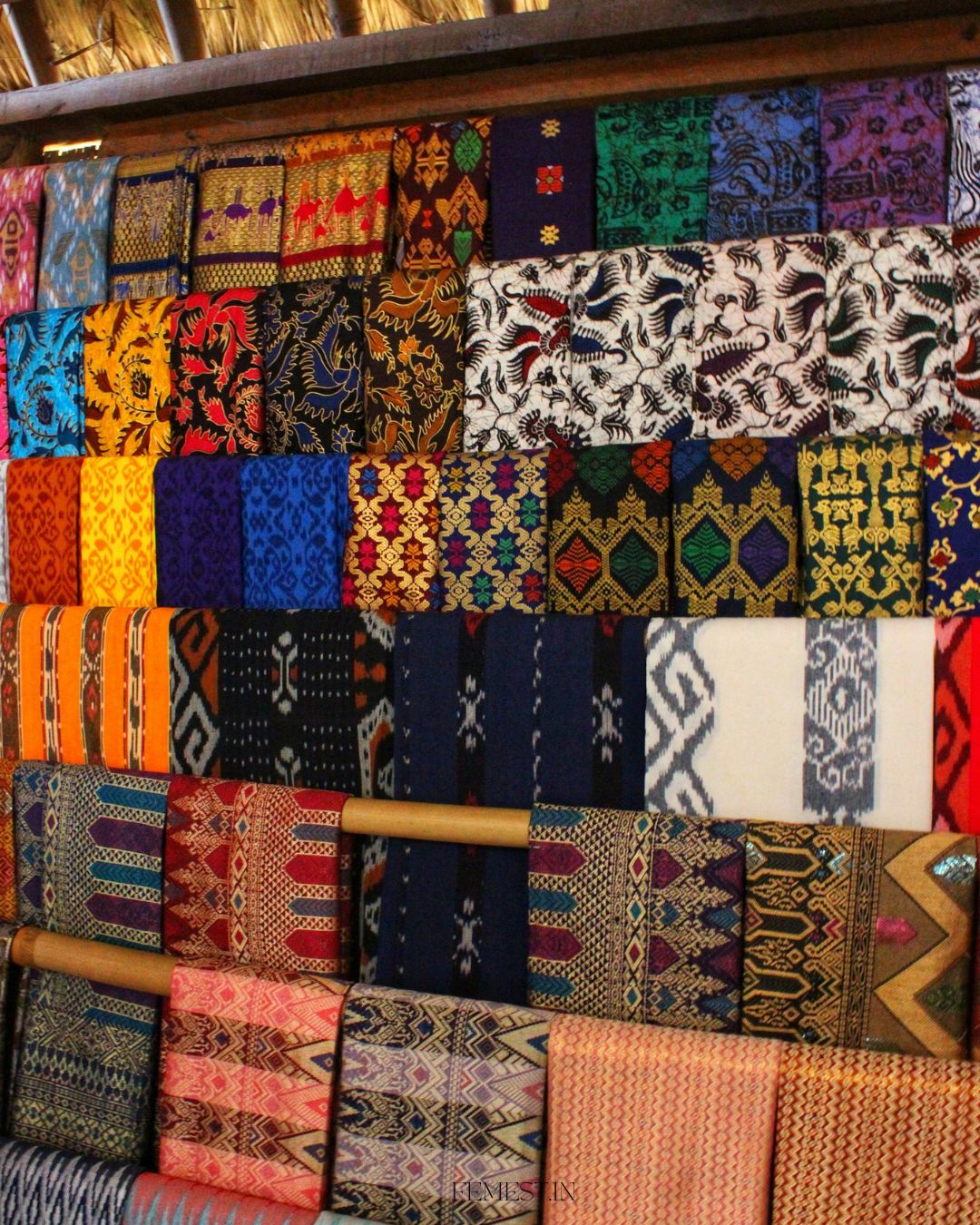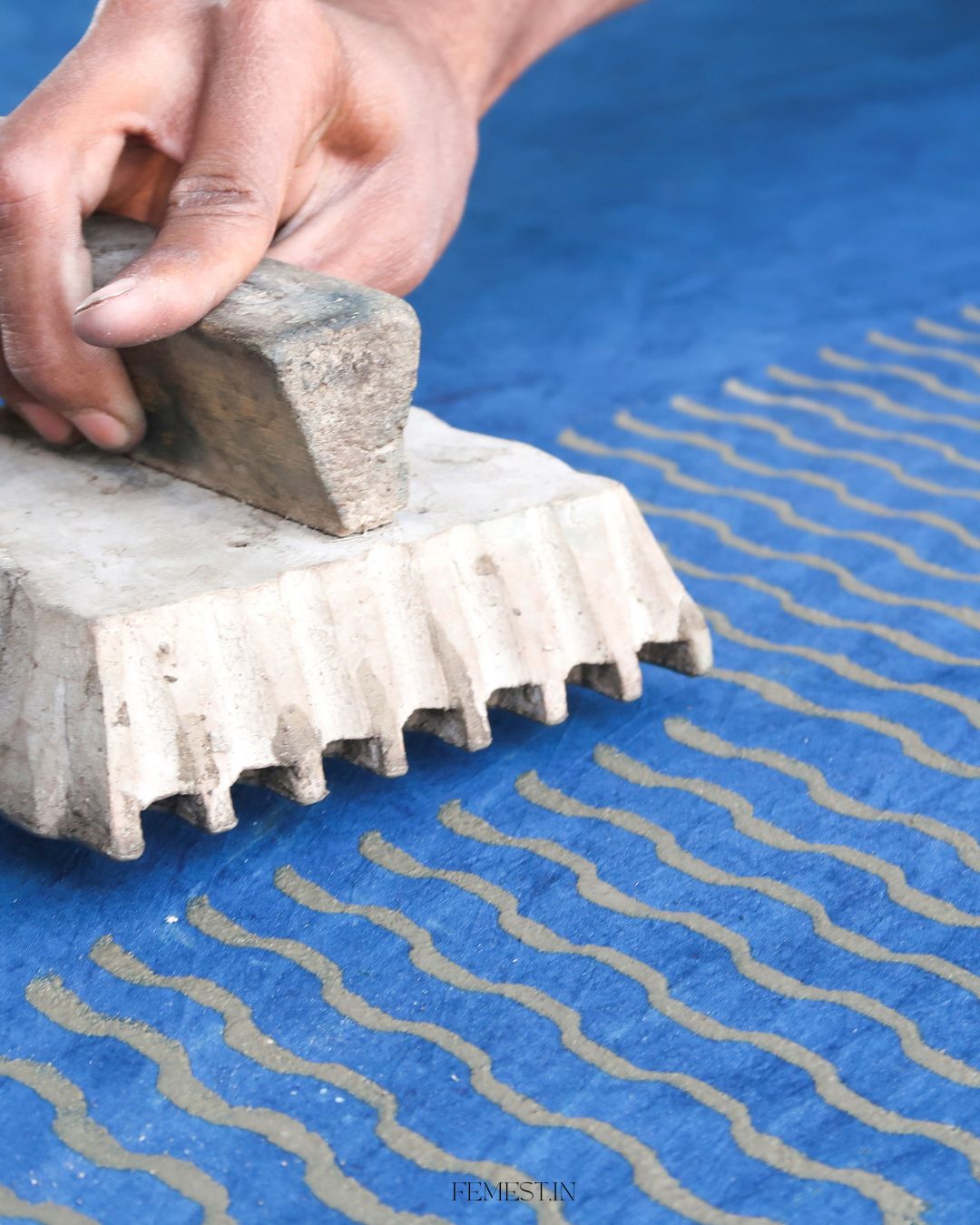Weaving tradition, empowerment, and resilience—India’s women artisans are preserving heritage while shaping a brighter future.
The Heart of Cultural Preservation
At the core of India’s rich cultural heritage are the women who have been preserving traditional customs for generations. Their handcrafted textiles, from vibrant block printing to delicate needlework, are not just artistic expressions but symbols of empowerment
Through their craft, these women have gained financial independence while safeguarding centuries-old skills. Their handcrafted textiles—whether through block printing, intricate embroidery, or loom weaving—are more than just beautiful pieces of art; they represent centuries of culture, identity, and resilience.
These crafts are a living archive, holding within them the tales of ancestors, communities, and struggles, especially those of women whose voices were often unheard. In embracing and continuing these traditions, women artisans have not only preserved India’s heritage but have also carved out a space of empowerment for themselves, gaining confidence, recognition, and financial independence through their creative expressions.

A Tapestry of Regional Artistry
India’s handcrafted textiles vary as much as the country itself, with each region showcasing its unique techniques. From the intricate kantha embroidery of West Bengal to the vibrant bandhani of Gujarat and Rajasthan, and the delicate chikankari of Lucknow, these crafts are deeply intertwined with the lives of the artisans.
Passed down through generations, these skills ensure that creativity and heritage remain alive. In the south, Tamil Nadu’s kalamkari involves freehand drawing and natural dyeing on fabric, while Andhra Pradesh’s pochampally ikat stands out for its complex resist-dyeing technique.
Challenges Faced by Women Artisans
Despite their cultural significance, many women artisans face hardships, particularly in rural and underserved areas where educational and employment opportunities are limited. However, handmade textiles have emerged as a beacon of change, offering these women sustainable livelihoods. Cooperatives and organizations providing training, fair wages, and global market access have played a crucial role in transforming traditional crafts into stable income sources.
Numerous cooperatives, NGOs, and social enterprises have emerged to support women artisans by offering training programs, design assistance, fair trade practices, and market linkages both locally and globally.

More Than Just Economic Empowerment
The impact of this empowerment extends beyond financial stability. Many women find a sense of pride, identity, and confidence in their art. Their craft enables them to challenge societal norms, take on leadership roles in their homes, and gain decision-making power.
The collective nature of their work fosters a strong sense of community, where artisans share stories, support one another, and strengthen social bonds. For many women, their art becomes a source of personal pride, self-worth, and identity.
Preserving Heritage in a Modern World
In an era dominated by mass-produced goods, handcrafted textiles stand as a testament to authenticity and heritage. These women not only sustain their livelihoods but also keep India’s artistic traditions relevant. By continuing their work, they ensure that India’s cultural fabric remains vibrant and cherished for generations to come. Women artisans are playing a crucial role in ensuring that traditional textile techniques are not forgotten but instead evolve to find relevance in modern markets.
Many have embraced digital platforms and contemporary design collaborations, proving that heritage and innovation can coexist harmoniously. By passing on their skills to younger generations and participating in cultural festivals and exhibitions, they ensure that their art form continues to thrive in a world that often prioritizes speed over substance.

A Global Recognition of Craftsmanship
Handwoven Indian textiles have seen a surge in popularity both domestically and internationally. Consumers are increasingly valuing the craftsmanship, history, and dedication behind each handmade piece. This recognition has instilled newfound hope among women artisans, as their work gains appreciation on a global stage.
Artisans’ work is now featured in fashion weeks, luxury collections, and global marketplaces, allowing them to connect with an audience that values authenticity and craftsmanship. This recognition has not only increased demand but has also instilled pride and hope among women artisans. They now see themselves as part of an international movement that values the human hand, heritage, and heart behind every product.
Weaving a Legacy for the Future
The women behind India’s handcrafted textiles are more than skilled artisans—they are cultural custodians, agents of change, and symbols of resilience. Through their artistry, they are not only securing a better future for themselves and their families but also ensuring that India’s rich textile traditions remain an integral part of the country’s identity for generations to come.
As they pass on their skills to daughters and apprentices, they weave not just fabric, but a future—one rooted in tradition, but open to innovation and opportunity By supporting these artisans, whether through conscious consumer choices or advocacy, we help uphold a living heritage that speaks of strength, creativity, and continuity. In doing so, we honor the hands that stitch together not just garments, but the very soul of India.

